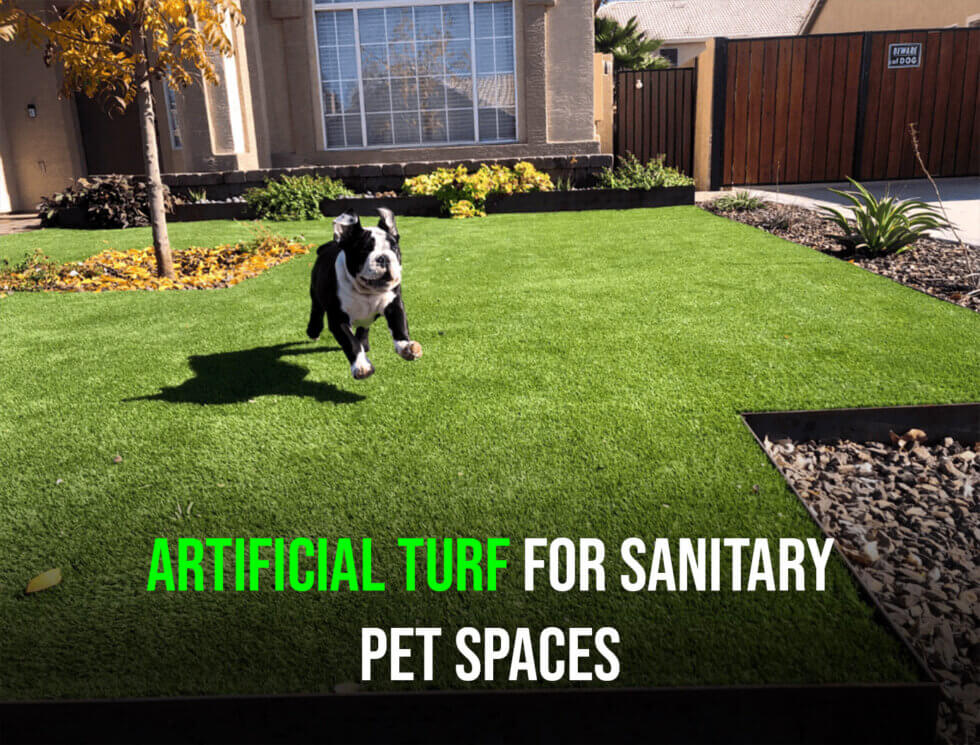Soccer is the world’s most popular sport, and its popularity is skyrocketing here in the United States thanks to the achievements of both National Soccer Teams, as well as the number of international soccer legends playing in Major League Soccer. Around the country, more and more people are starting to realize the potential of a career in soccer. In response, many schools in Phoenix are starting to invest more into their soccer teams and soccer facilities.
One of the more common investments schools make is switching from a natural grass soccer field to a soccer field that uses artificial turf—and it’s not hard to see why. Soccer fields that use artificial grass require less maintenance than fields covered with natural grass. Furthermore, artificial turf requires significantly less water than natural grass. Simply put, the amount you save on both water bills and maintenance costs can easily reach thousands of dollars per year, allowing you to divert more money towards other school facilities.
Of course, you should also keep in mind that switching from natural grass to artificial turf is a big change for the students and your school’s official soccer team. This is primarily because artificial turf tends to respond differently than natural grass when stepped on. There will definitely be a transition period for your coaches and your players. With that in mind, here are a few tips you may want to discuss with your school’s coaching staff before you commit to changing to artificial turf.
The Players Will Need New Shoes
Your players will need new soccer shoes when you move to artificial turf. This is mostly because synthetic grass won’t have soil for traditional soccer shoes to cling on to. Your players will need to buy soccer shoes that feature dense and shallow treads that will allow the shoes to cling onto the surface of the grass instead of the soil.
Most athletic shoe stores should carry soccer shoes that are meant to be worn on artificial turf. The biggest shoe brands like Nike and Adidas will have different shoes to choose from. Be sure to remind the players that they’ll still need to keep their existing pair of shoes for when they play at another venue.
Keep an Eye Out for Field Temperature on Hot Days
Keep in mind that synthetic grass is typically made with plastic. As such, artificial turf will tend to absorb heat, especially during warm summer days. In most cases, the grass won’t be warm enough to be uncomfortable, but if you, the coaches, or the players are concerned, you can easily water the grass to help wick away the heat. Ideally, your drainage should be able to handle this so feel free to hose down the field about 30 minutes before game time. Puddles of water should not be an issue.
Be Sure to Inform Other Schools about the Change
Lastly, make sure you inform the other schools that you compete against that you have made the switch to artificial grass. Preferably, you should inform other schools before the season starts to give their teams ample time to purchase the necessary equipment. This is to make sure that the players on both sides stay safe and minimize their risk of injury due to wearing the wrong type of soccer shoe.



